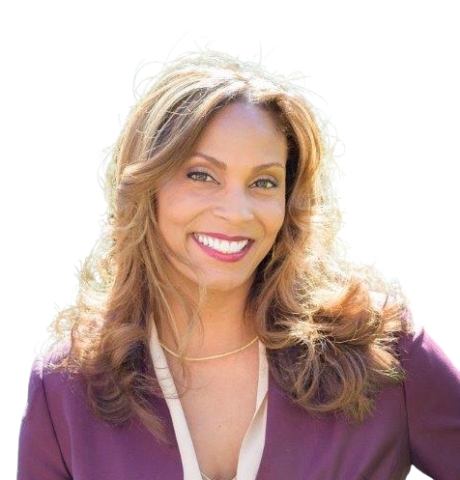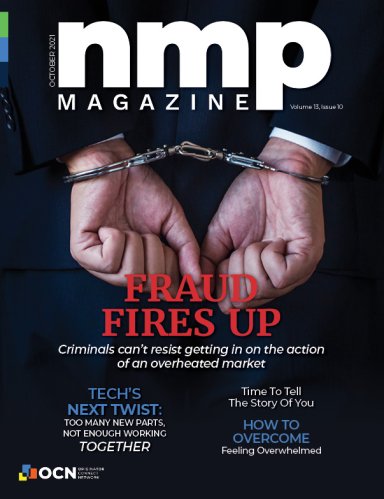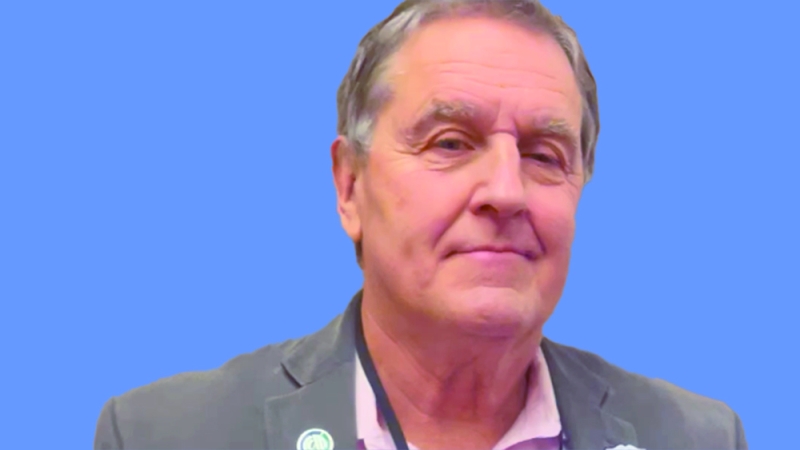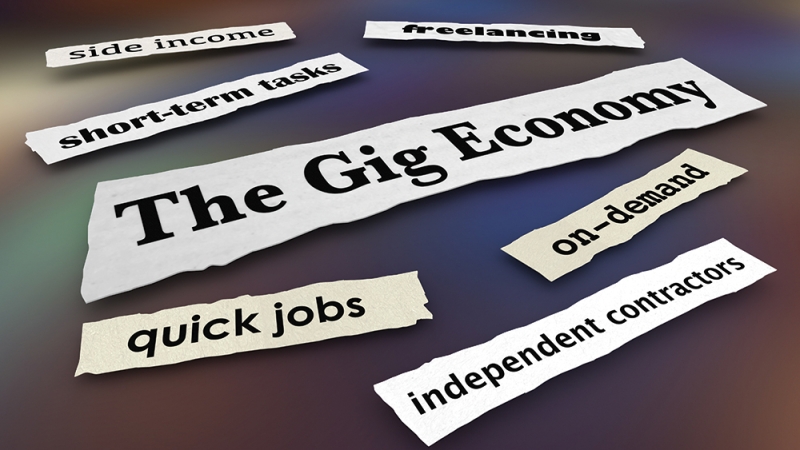What A Better Model Would Look Like
Today, it is possible to construct a mortgage loan origination system that can interact automatically with third party data providers using a robust API layer. This reduces the friction and eliminates the problems the industry has experienced in the past. It makes it possible to do more with fewer people and do it faster and at a much lower cost.
However, this only works if the LOS is situated at the center of a well-designed ecosystem of technology systems, all feeding the required information into the central LOS. This is the infrastructure that will support the future of mortgage lending and it goes well beyond the third-party integrations required for loan origination.
In the future, successful lenders will not only choose the best loan origination technology they can find, but also factor into their decision the ecosystem it resides within. Without seamless access to the other systems that provide data required to close the mortgage, friction will remain, and efficiency will be impossible to attain.
The components of the ecosystem that the lender chooses to use in its specific process will depend upon its needs and will constitute its “secret sauce.” Typical elements will include:
E-Lending
The future of mortgage lending is digital and the ecosystem should be built around this concept, with seamless connections between components, partners, and systems. By gaining access to electronic data the institution already has on its borrowers, the process will go faster and the consumer will need to respond to fewer requests for information.
Web-based and mobile borrower experiences
Today’s borrowers are demanding a fully digital experience that follows them across mobile devices. This is a critical component that must be built into the ecosystem.
OCR & ICR
Even in the digital lending world, there will remain paper documents and borrowers who prefer them, at least for the foreseeable future. This means lenders will need easy access to services that can digitize those forms intelligently and efficiently.
Automated data gathering & analysis
Business analytics must be hard-wired into the ecosystem, for compliance and loan quality but also for harvesting business insights that will allow the institution to improve every aspect of its lending business.
Digital compliance analysis
Business intelligence has matured to the point that financial institutions can now pull important insights out of their data for many purposes. Chief among these is compliance due to the high cost of non-compliance.
AI & rules-based workflow
The days of a job waiting for a human to move it on to the next task in the workflow are over. Today, smart systems move the loan file through the origination process without the need for human intervention. The efficiencies gained in this way are massive.
Some lenders may require additional systems to be part of their ecosystem. In any event, both the ecosystem and the LOS are required. Together, they form the new infrastructure required for modern digital lending.
To be most effective, the lender will require a very strong processing hub sitting at the center of the mortgage ecosystem. This job has typically fallen to the lender’s LOS and we believe it will continue to do so for many years. The modern LOS is still the ideal technology to marshal the mortgage through the process to the closing table.
This is the answer we expect more lenders to arrive at as they take on the work of reinventing their firms for success in the years ahead.












